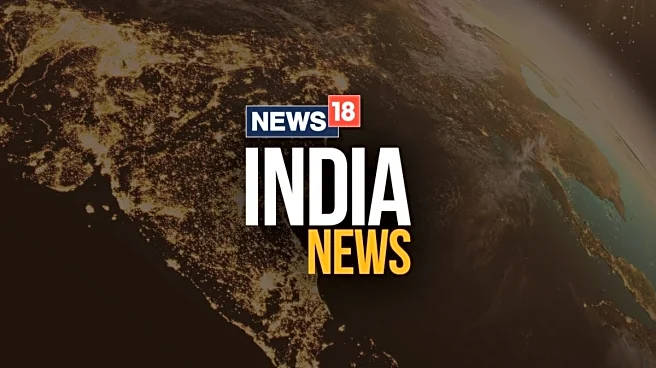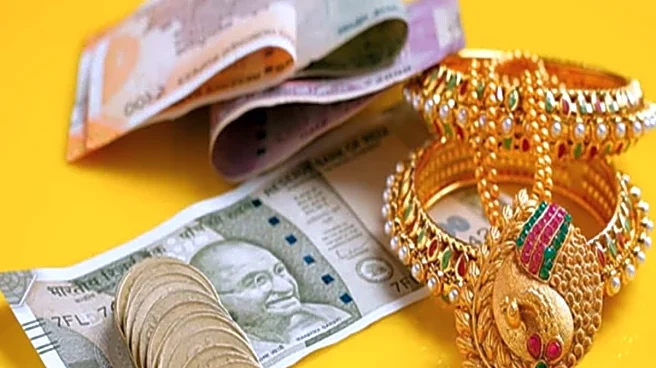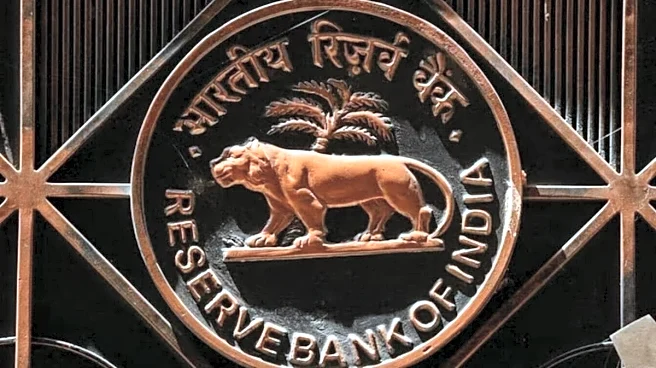Zoho has launched its new Point-of-Sale (POS) devices to deepen its fintech footprint across the country, as announced by founder Sridhar Vembu. Businesses can accept in-person payments while staying seamlessly connected to their broader ecosystem, Vembu added in the X post.
Last year Zoho became an RBI authorized payment aggregator in India and launched its online payment solutions.
Point of Sale (POS) devices are electronic systems used by businesses to process sales transactions. They allow merchants to accept payments through debit or credit cards, UPI, or mobile wallets instead of cash.
Vembu stated that as part of our broader push in global fintech and payments, we have partnered with NPCI’s NBBL to address real business challenges and strengthen
India’s digital payments infrastructure.
Vembu also mentioned that Arattai, the instant communication app, will integrate Zoho Pay.
Even as our Arattai team is scaling up and fine tuning the product, our other product teams are hard at work.
Last year Zoho became an RBI authorized payment aggregator in India and launched our online payment solutions. We are now deepening our fintech footprint by unveiling… pic.twitter.com/xRImMnChm7
— Sridhar Vembu (@svembu) October 7, 2025
Zoho Arattai’s Stratospheric Growth
Zoho’s homegrown messaging app Arattai saw a 100x surge in Arattai traffic in three days, with new sign-ups going vertical from 3,000 per day to 3,50,000 per day. Zoho’s Chief Scientist Sridhar Vembu says the company is adding infrastructure on an emergency basis for another potential 100x peak surge.
“We have faced a 100x increase in Arattai traffic in 3 days (new sign-ups went vertical from 3K/day to 350K/day). We are adding infrastructure on an emergency basis for another potential 100x peak surge. That is how exponentials work. As we add a lot more infrastructure, we are also fine-tuning and updating the code to fix issues as they arise. We have all-hands-on-deck working flat out,” Vembu said in a post on X.
As a matter of fact, the company had planned on a big release by November, with a lot of the features you expect, a huge capacity addition and a marketing push. And then it suddenly went vertical!, said Vembu.
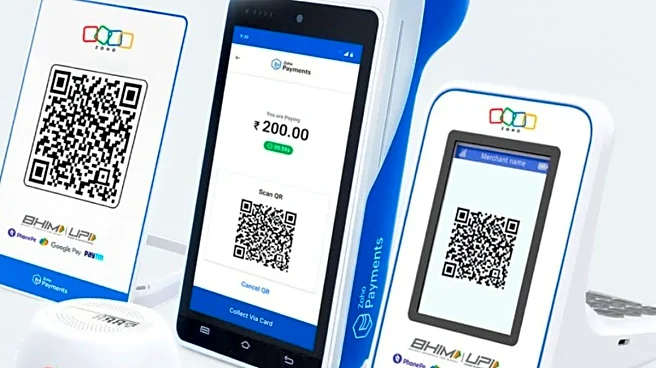




/images/ppid_a911dc6a-image-175975453816546178.webp)

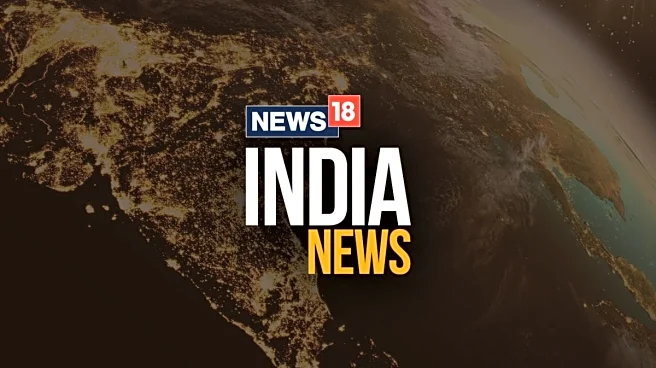
/images/ppid_59c68470-image-175975504858776081.webp)

/images/ppid_a911dc6a-image-175974053226878911.webp)
/images/ppid_59c68470-image-175974005159432612.webp)
